Covid led to people finding us, says Kingfisher Bridge nature reserve
- Published
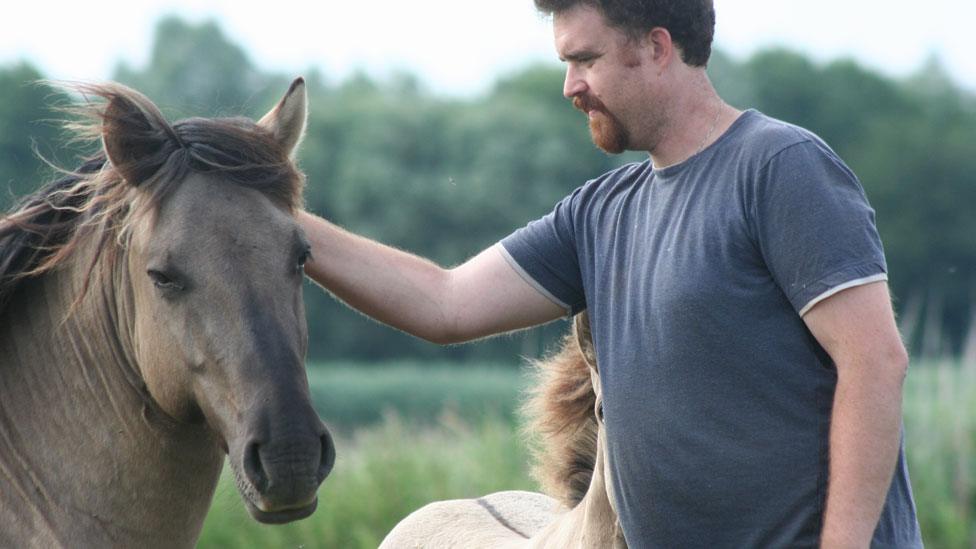
Manager James Moss is Kingfisher Bridge's only employee and has worked there since 2011
A nature reserve has experienced a huge boost in visitor numbers from 2,000 people a year in 2019 to up to 21,000 this year.
Kingfishers Bridge, external manager James Moss said "people really discovered us" as a result of the Covid-19 pandemic.
The 300-acre (121-hectare) habitat was created by farmer and conservationist Andrew Green in 1995, between Wicken and Stretham in Cambridgeshire.
Mr Moss said prior to 2020 it had been "almost exclusively a birder reserve".

Its founder Andrew Green used the River Cam as a wildlife corridor to draw new species in to the reserve
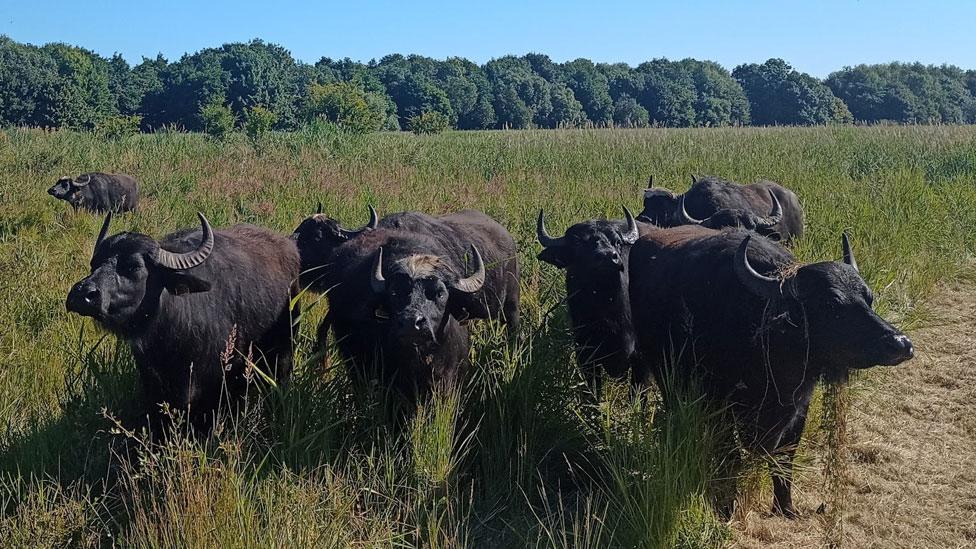
It uses water buffalo to help transform the landscape, with the current 12 animals all born on the reserve
Everything changed when the first lockdown was lifted and people were allowed to visit nature reserves.
Mr Moss said: "Visitors were trying to go to [the National Trust's] Wicken Fen, external, saw that it was ticket only, then saw our notice - and people really discovered us.
"They were surprised to see water buffalo in the Fens and it lit up social media and we started to get more and more people."
The manager, who is the wetland habitat's only employee, has also experienced a boost in volunteer numbers - from three in 2019 to 20 regulars.
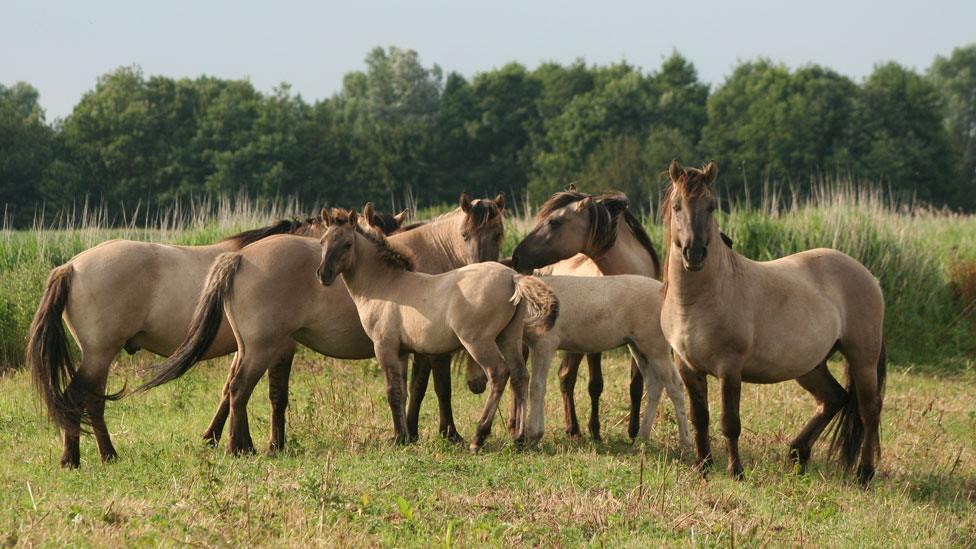
The buffalo are joined by Konik ponies and together they have helped to create "a nice green sward, retaining the wildflowers", said Mr Moss
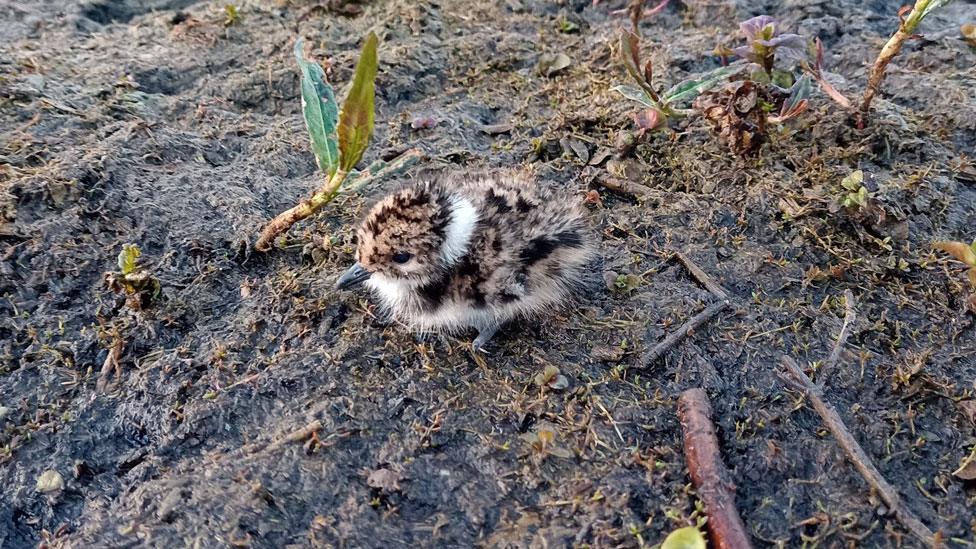
The reserve is now home to 12 species of fish, 744 species of moth and 215 species of birds, 93 of which breed there like the lapwing (above)
This sharp increase in visitors - which reached 25,000 people in 2020 - did result in some challenges.
"We were really left chasing our tails, trying to update infrastructure, we've had to expand the car park and charge for parking, expand the visitor centre and build an indoor cafe," Mr Moss said.
Mr Green and his brother John began farming the land around Kingfishers Bridge in the 1960s.
After he built his family home there in the 1970s, he saw there was potential to develop the land for wildlife.

It carries out a great deal of species recording, reporting figures to the Environment Agency, the British Trust for Ornithology and county recorders
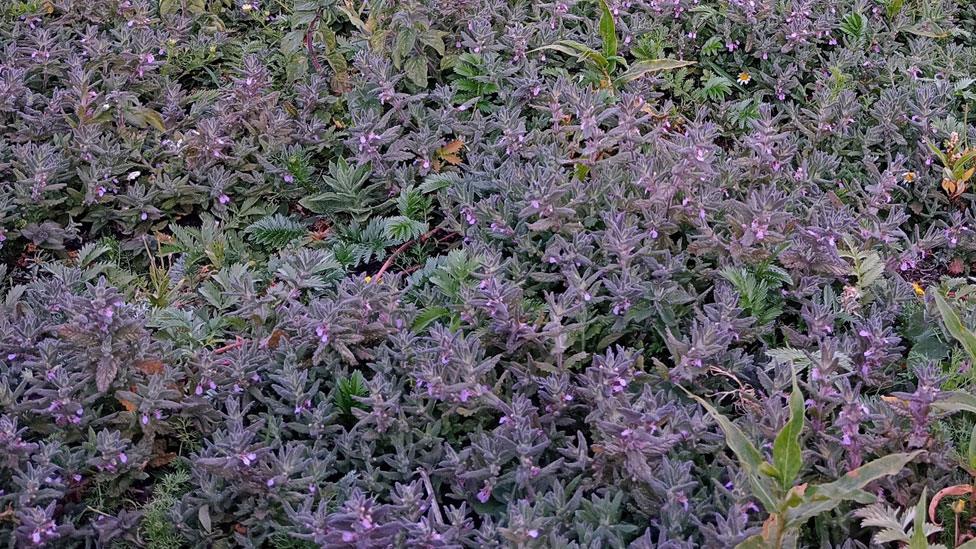
The reserve now grows 5 million water germander (above), 98% of the British population, according to Mr Moss
Using the River Cam as a wildlife corridor to draw new species in, Mr Green began recreating lost fenland habitat from the intensively farmed agricultural land.
He deployed a "wildlife first" approach, replicating as many of the natural processes possible, said Mr Moss.
Milestones included the first successfully breeding bitterns in Cambridgeshire since the 1930s and the reintroduction of the water germander.
This species had declined to 12 plants in Cambridgeshire and nine in Devon. The reserve now supports five million plants, more than 98% of the British population.
Mr Moss said: "It's been really nice to welcome families and a new demographic of visitors to the reserve.
"Having families coming down, wanting to be involved, offering more guided tours to find out more about the reserve has been really welcome."
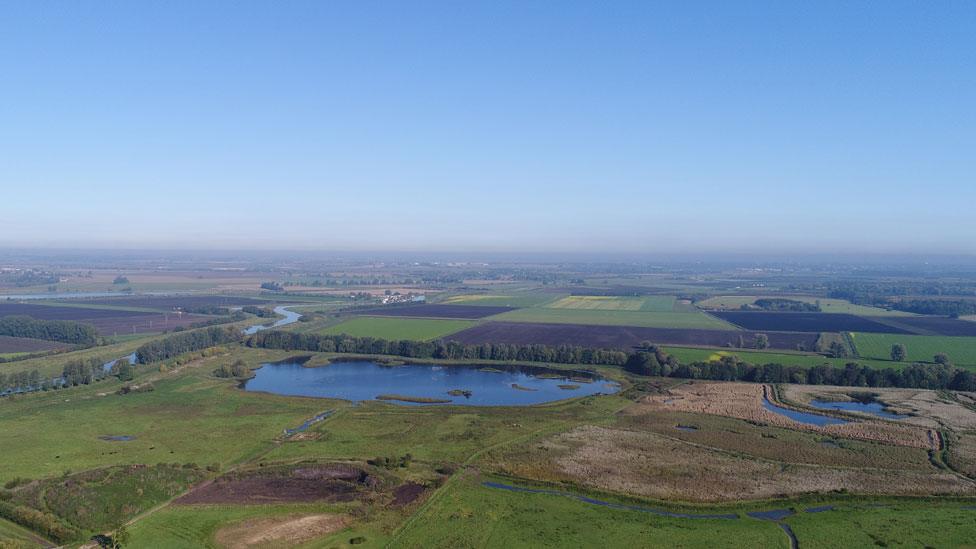
The intensively farmed land has been transformed into a wetland habitat over nearly 30 years

Follow East of England news on Facebook, external, Instagram, external and X, external. Got a story? Email eastofenglandnews@bbc.co.uk, external or WhatsApp us on 0800 169 1830
- Published11 September 2023
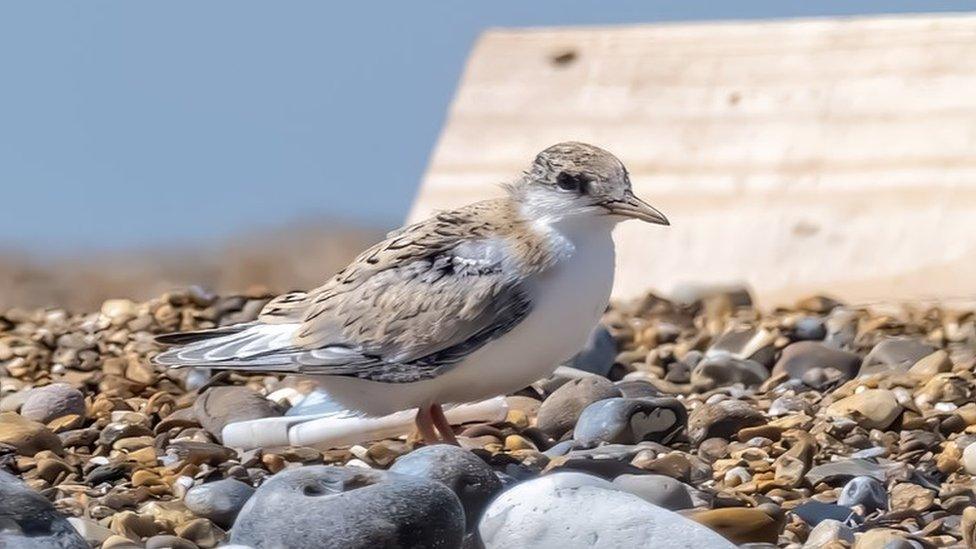
- Published28 March 2023
- Published26 May 2022

- Published10 January 2022
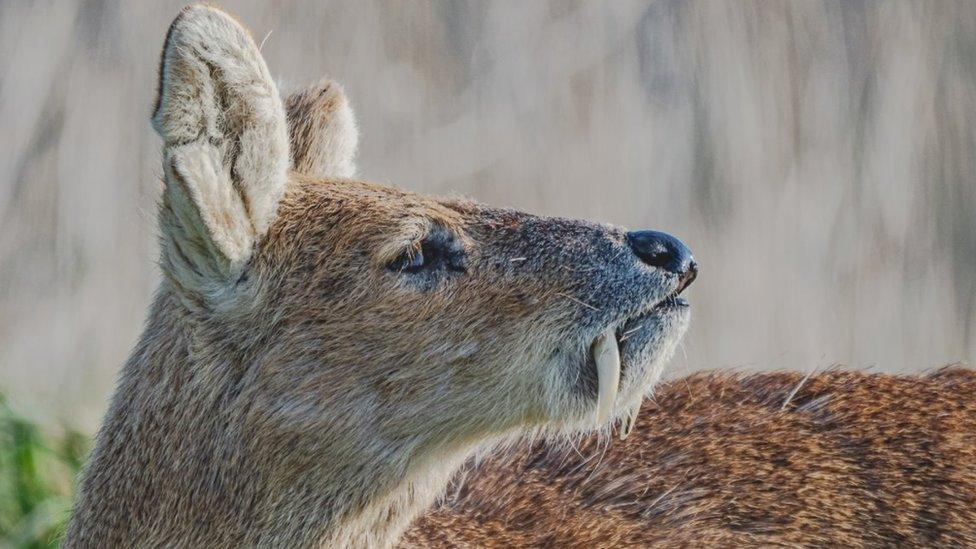
- Published1 May 2019
